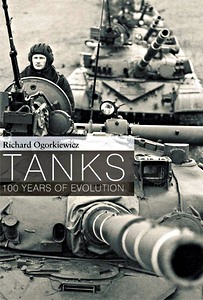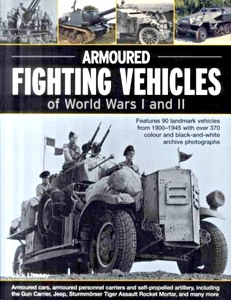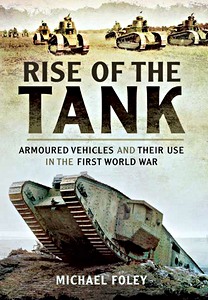The Tank Book : The Definitive Visual History of Armed Vehicles
From the birth of the tank to unmanned vehicles and the tanks of the future, The Tank Book offers a truly definitive look at over 400 different tanks, produced in association with The Tank Museum.
Take an up-close look at British, US, Russian, and French tanks, meet key designers such as Mikhail Koshkin and Sir William Tritton, and understand the complex mechanisms behind such vehicles as the Centurion, Hellcat, SV Scout, and T-14 Armata.
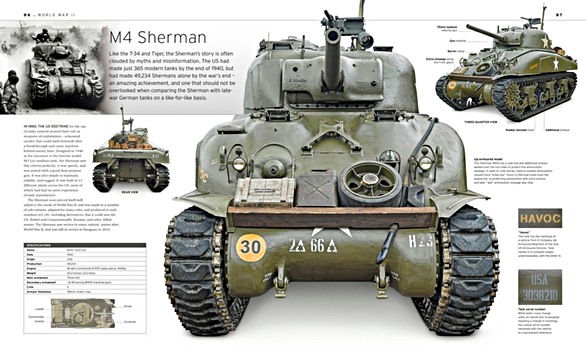
Incredible photographic tours take you inside a variety of tanks, putting you in the seat of some of the most formidable vehicles to ever go to battle in World War II, the Cold War, and beyond.
Perfect for anyone with an interest in military history, The Tank Book is the ultimate guide to tanks and their unique past.
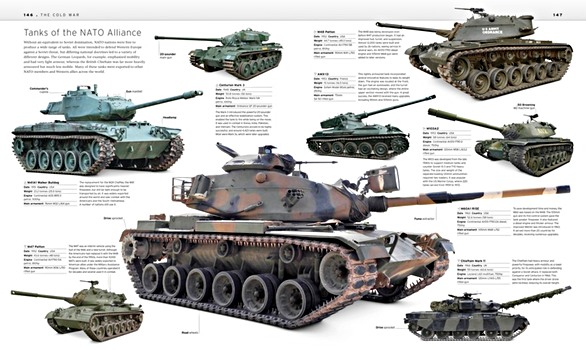
Specificaties
| Uitvoering: | 256 blz, 31 x 26 x 2.3 cm, hardcover |
|---|---|
| Illustraties: | rijk geïllustreerd met z/w- en kleurenfoto's |
| Uitgever: | Dorling Kindersley Ltd (GB, 2017) |
| ISBN: | 9780241250310 |

The Tank Book : The Definitive Visual History of Armed Vehicles
Taal: Engels
Kopen bij bol.comKopen bij Amazon NL

